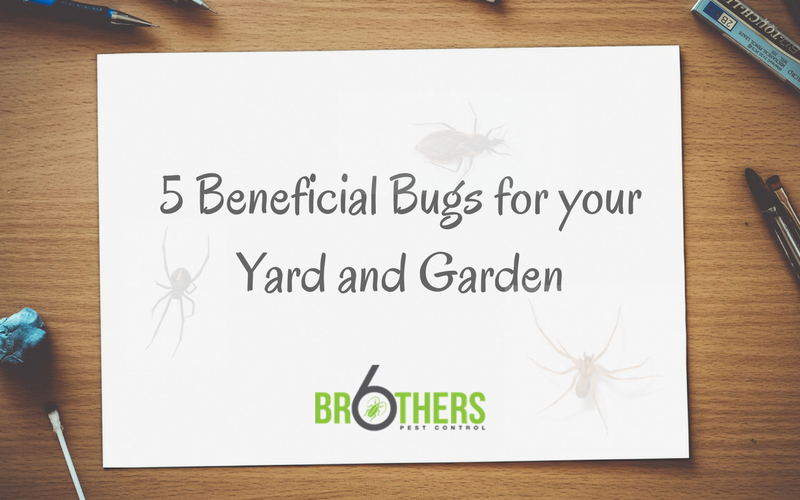Kansas City and the rest of the midwest definitely has its fair share of obnoxious and destructive insects, but there are many beneficial bugs in our area as well. Knowing the difference between good and bad bugs can ease your mind, as well as save you time and money. Let’s take a look at five of the most beneficial bugs to have in your yard and garden this summer.
Lady Beetles
Gardeners are quick to praise lady beetles (aka ladybugs) for protecting gardens from dreaded aphids. Aphids destroy millions of crops every year, and ladybugs are one major form of defense against them. Lady bugs seek out and eat soft-bodied bugs like aphids, as well as various other insect eggs. It is estimated that an adult ladybug can consume 5,000 aphids during its lifetime. They do all this while not eating or harming the plants themselves. Lady beetles are so popular among gardeners, that many suggest buying and releasing them in bulk in your yard.
This is increasingly common for those who want to grow tomatoes, kale, or roses.

Praying Mantises
Praying Mantises may look scary at first glance, but they are great at controlling the population of many nuisance bugs around the yard. Fleas, fruit flies, grasshoppers, and moths are just some of the praying mantises favorite foods. Praying mantises are green with triangular shaped heads, elongated bodies, and large front legs. If you find them in your yard, leave them alone, and let them do their job of eating bad insects.

Honeybees
Honeybees are the most important pollinators around the world. Bees move from flower to flower, helping to spread pollen. Large honeybee populations can actually improve crops and increase yields. Unfortunately, honeybee populations have been hit hard in recent years. If you have honeybees in your yard, consider yourself and your flowers lucky.

Green Lacewing
Earning the nickname of “aphid wolf,” a green lacewing can consume up to 200 aphids per week. They also like to feed on caterpillars, mealybugs, thrips, and whiteflies. Lacewings are typically bright green to greenish-brown and many species have golden eyes. Their wings are usually translucent, and their unique appearance makes them fairly easy to identify. Planting coriander and dill will help attract these valuable lacewings to your garden.

Hoverflies
As a protection from birds and other predators, hoverflies resemble yellow jackets in their body shape and coloration. This causes a lot of confusion from homeowners, and many beneficial hoverflies are killed. Hoverflies have clear wings and are brightly colored with spots or stripes and bands of yellow and brown. Hoverflies are important pollinators, and they get their name because they can often be seen hovering around flowers.

While 6 Brothers Pest Control makes a living helping you rid your home of bad bugs, we also want to help you recognize helpful ones. If you have questions regarding these beneficial bugs or have problems with any other pests in your yard or home, call our trained technicians. We are your Kansas City Pest Control specialists!
[/et_pb_text][/et_pb_column][/et_pb_row][/et_pb_section]












